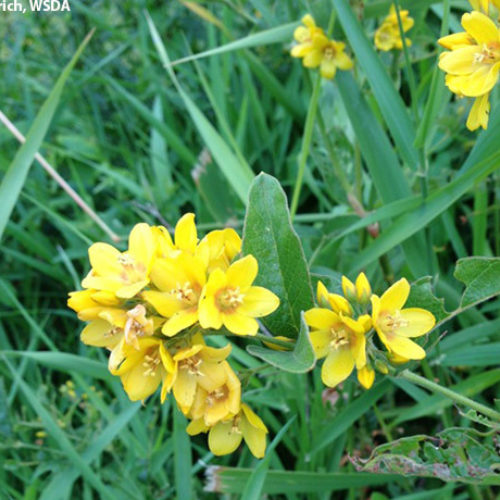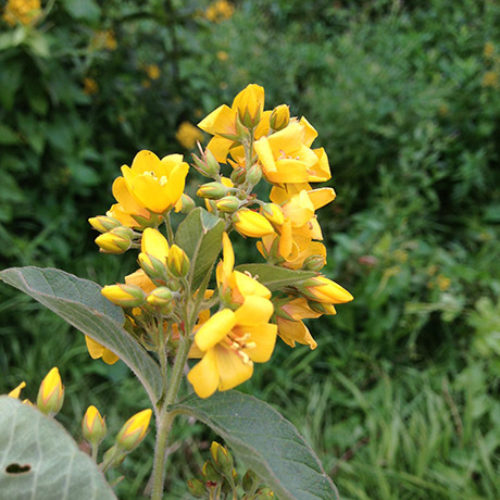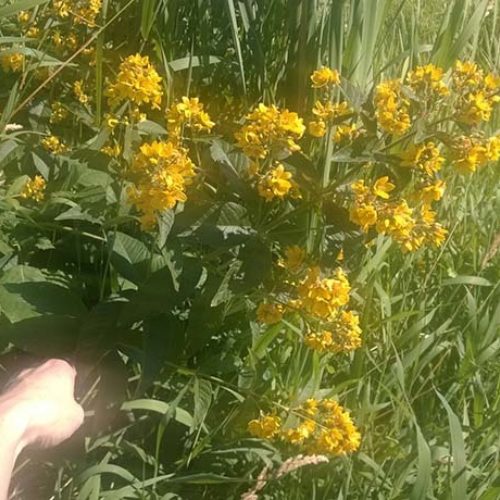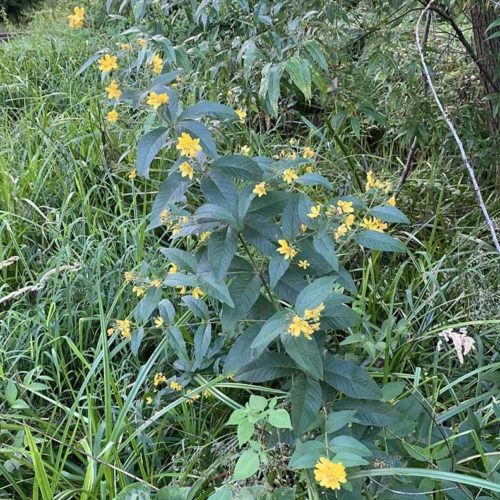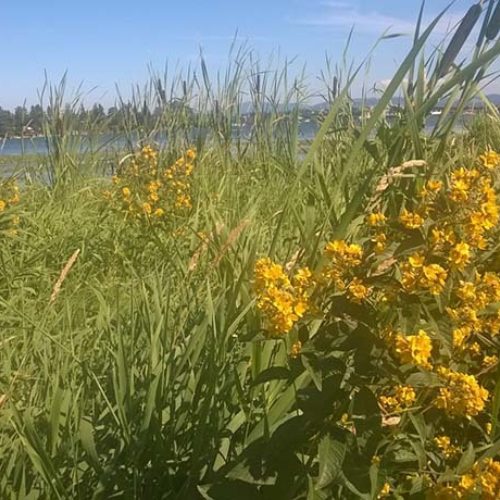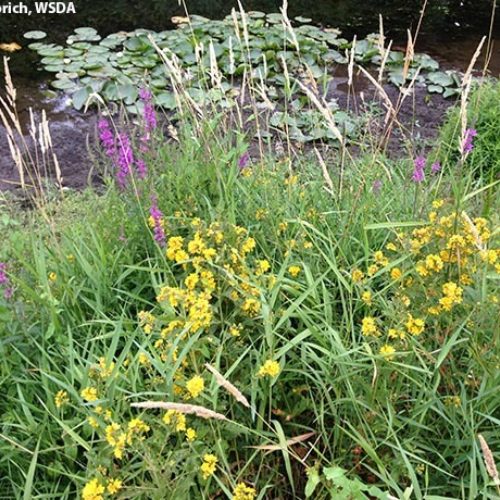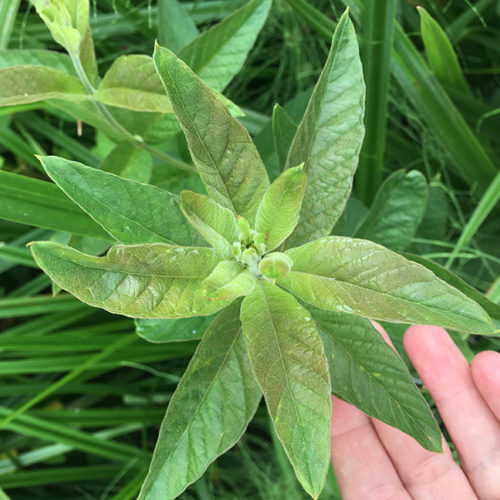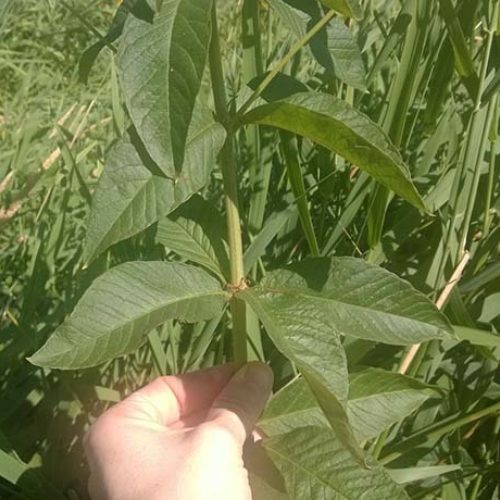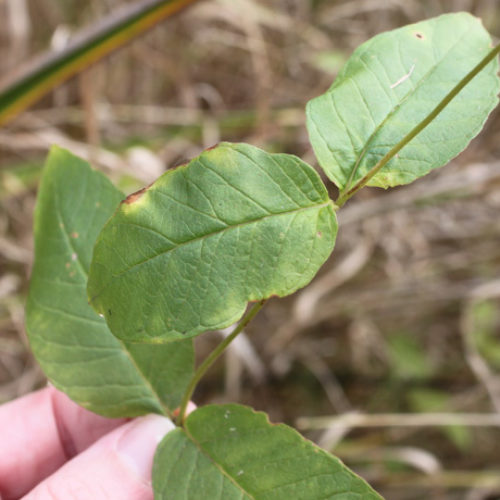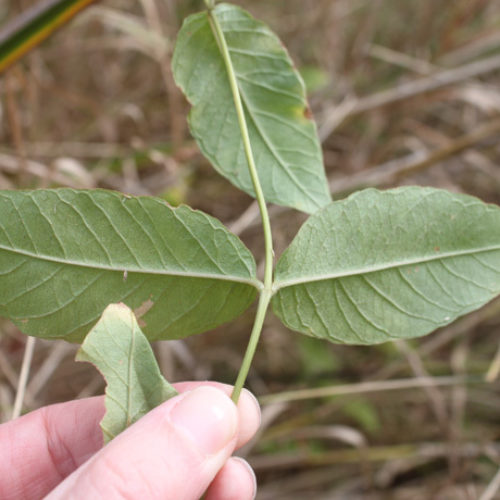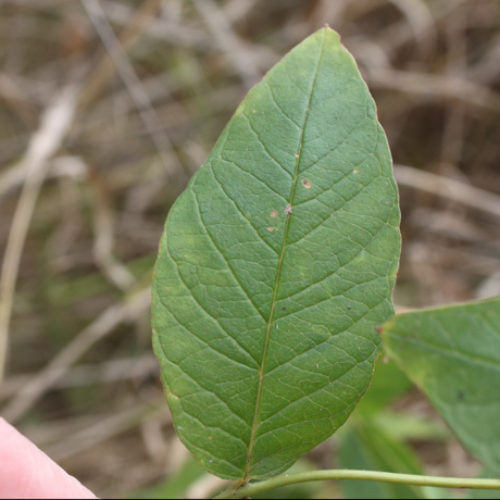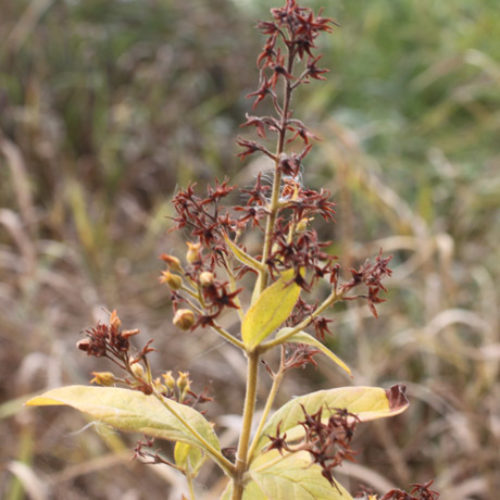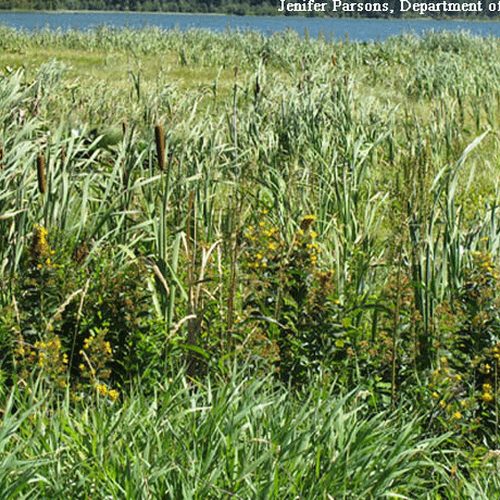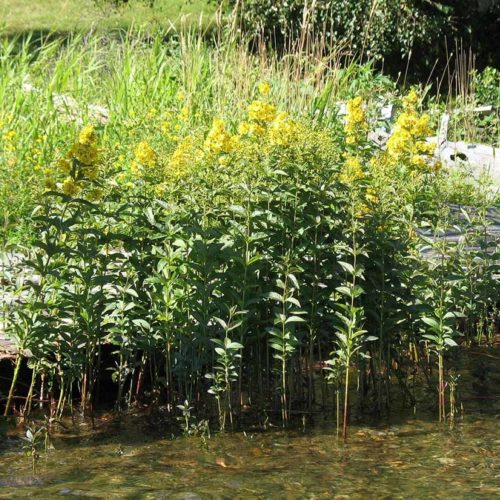Garden Loosestrife
Lysimachia vulgaris
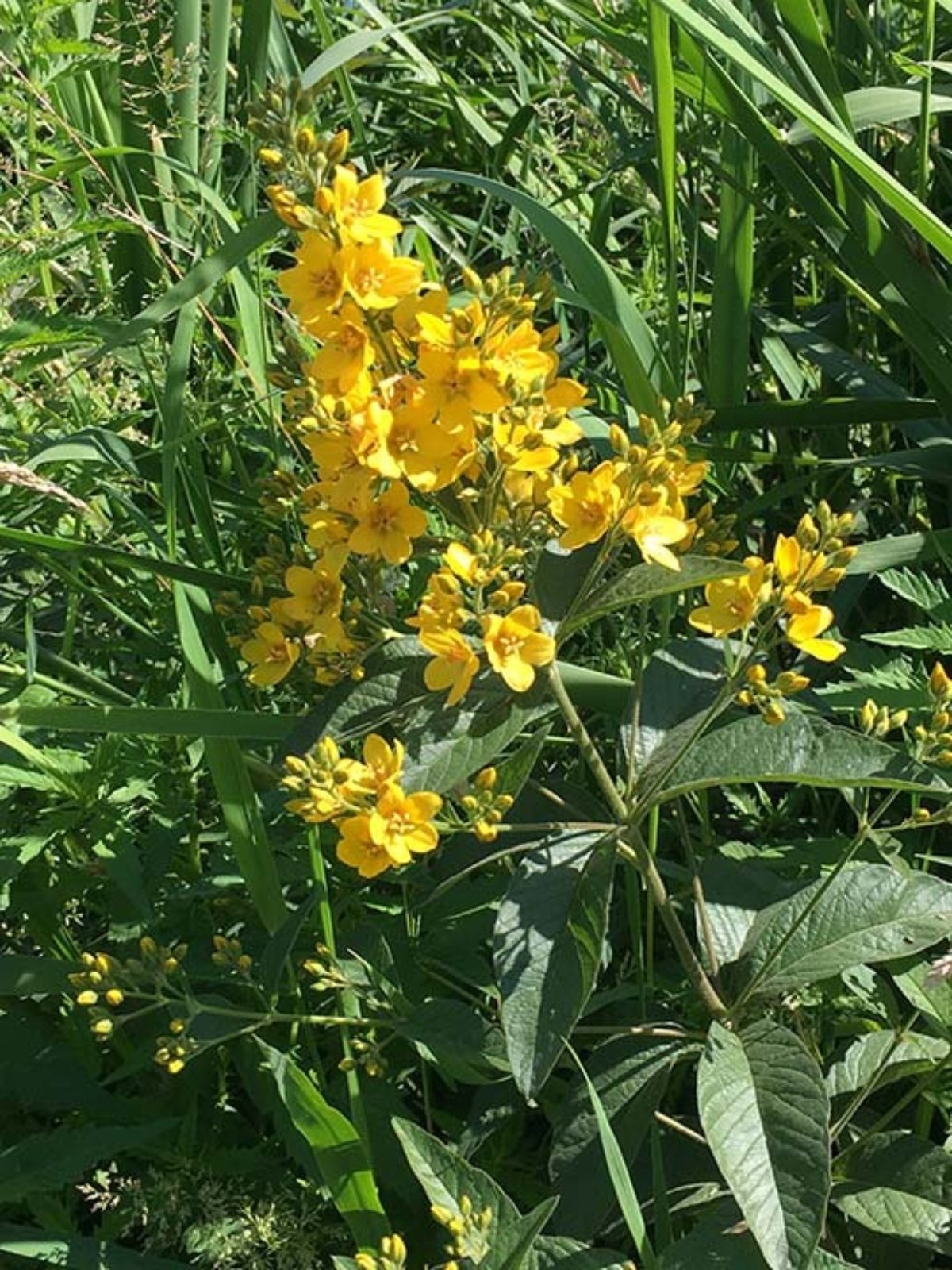
Family: Primulaceae
Other Common Names: yellow loosestrife
Weed class: B
Year Listed: 1991
Native to: Europe, Asia and Northern Africa
Is this Weed Toxic?:
not known to be
Legal listings:
This plant is also on the Washington State quarantine list. It is prohibited to transport, buy, sell, offer for sale, or distribute plants or plant parts of quarantined species into or within the state of Washington or to sell, offer for sale, or distribute seed packets of seed, flower seed blends, or wildflower mixes of quarantined species into or within the state of Washington. Please see WAC 16-752 for more information on the quarantine list. For questions about the quarantine list, contact the Washington State Department of Agriculture's Plant Services Program at (360) 902-1874 or email PlantServices@agr.wa.gov.
Why Is It a Noxious Weed?
Garden loosestrife is invasive perennial that can form dense stands of growth in Washington's wetlands and shorelines. Its behavior is similar to another noxious weed, purple loosestrife (Lythrum salicaria), that it appears it can outcompete.
How would I identify it?
General Description
It is an upright, rhizomatous perennial that can grow to a height of 3 feet or more, forming dense stands. Stems and leaves are soft and hairy. Flower clusters bloom in the summer.
Flower Description
Flowers are yellow, primrose-like and occur in a cluster at the top of the plant and in the upper leaf axils (the upper angle from where the leaves and stem connect). Each flower has 5 petals and sepals with reddish-brown margins.
Leaf description
Leaves are opposite or whorled, lance-shaped, 3.1 to 4.7 inches (8-12 cm) long, dotted with black or orange glands and softly hairy.
Stem description
Stems are upright and hairy. Plants can grow up to around 6 feet in full sun and even taller in shade.
Fruit Seed Description
Seeds in capsules that open by valves.
May Be Confused With
Garden loosestrife has a cousin, (Lysimachia punctata) that is also called garden or yellow loosestrife, which looks very similar. Lysimachia vulgaris, garden loosestrife, is more likely to be found in wetland areas and has flowers that cluster at the top of the plant.
Where does it grow?
Garden loosestrife occurs in moist habitats such as fens, wet woods, lake shores, wetlands and streambanks. Please click here to see a county level distribution map of garden loosestrife in Washington.
How Does it Reproduce?
Garden loosestrife spreads by seeds and rhizomes.
How Do I Control It?
General Control Strategy
Control of this species is challenging because the species is a rhizomatous perennial, spreads by seed, and inhabits environmentally sensitive wetland sites.
Mechanical Control
Small populations may be covered with black plastic or a heavy tarp, make sure to secure edges and watch for plants trying to grow through holes or gaps. Other alternatives have not been studied. Since the species has extensive rhizomes, hand pulling or digging would be limited to very small infestations or new infestations.
Herbicide Control
Please refer to the PNW Weed Management Handbook, or contact your county noxious weed coordinator.
For More Information
See our postcard for early detection information about garden loosestrife.
See our Written Findings for more information about garden loosestrife (Lysimachia vulgaris).
Thurston County NWCB Fact Sheet on garden loosestrife
Stevens County NWCB Fact Sheet on garden loosestrife
Whatcom County NWCB Fact Sheet on garden loosestrife
King County NWCB Fact Sheet on garden loosestrife
Control Options for garden loosestrife from Whatcom County
Control Options for garden loosestrife from King County



